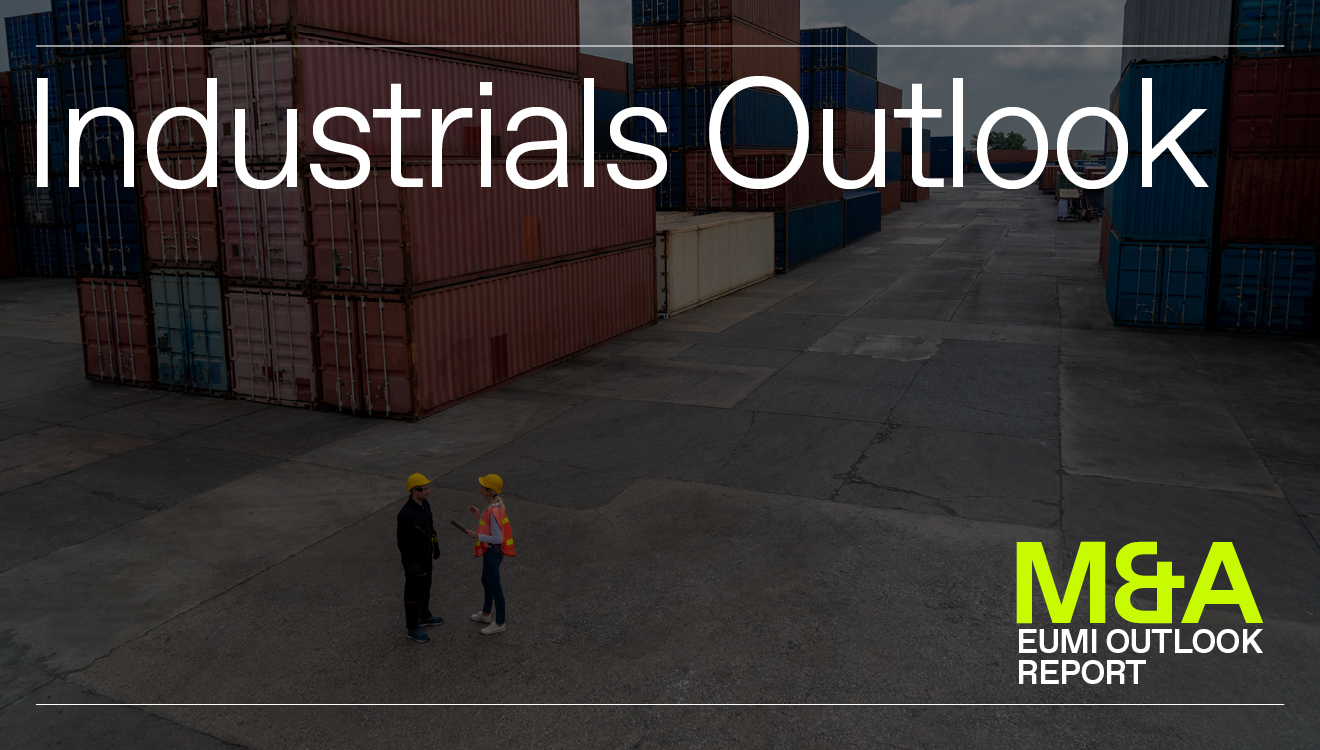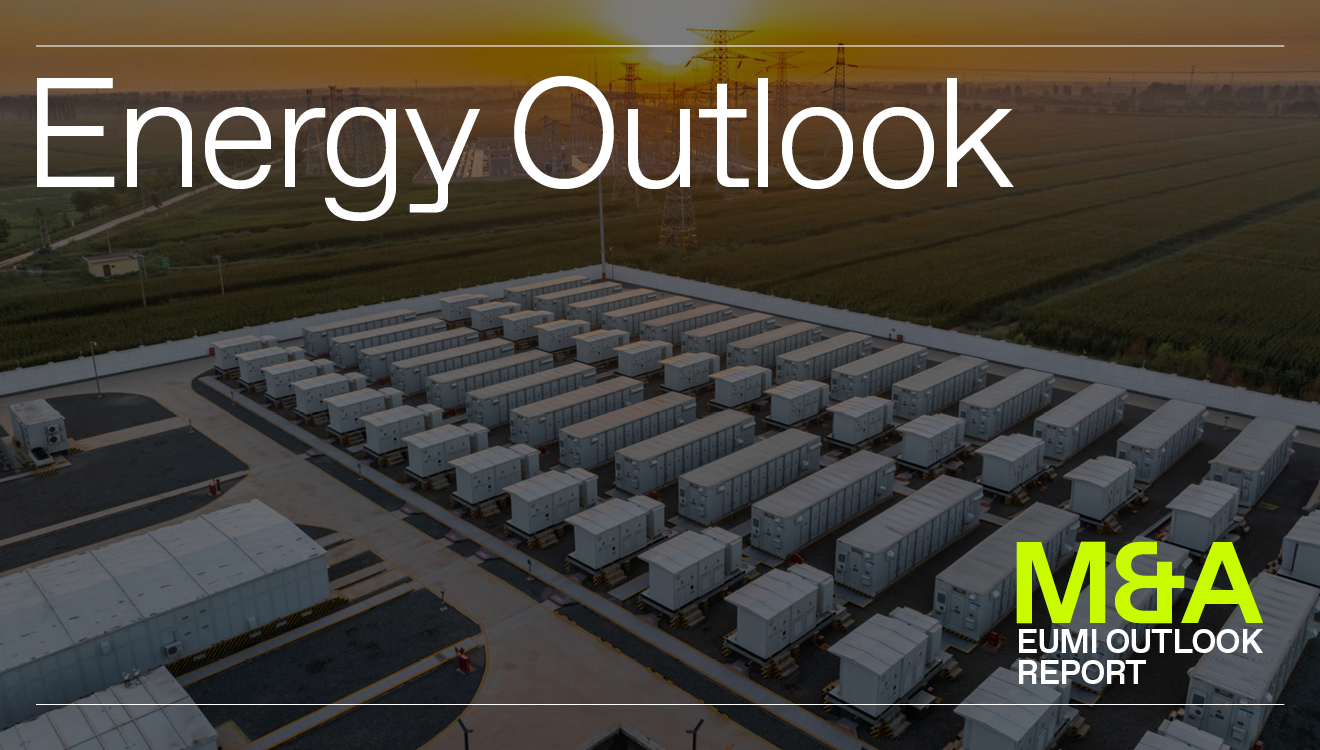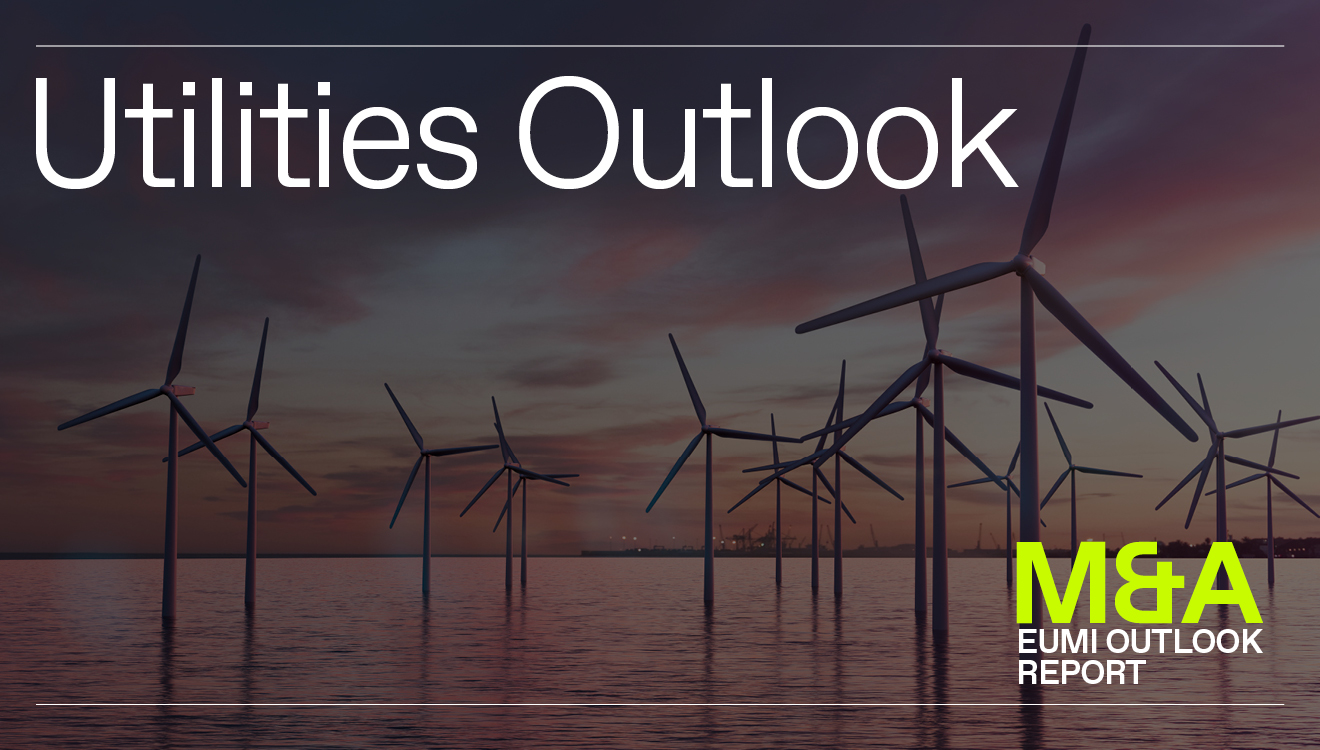A Beacon of Opportunity: Steady Energy & Mining Deals and Rising Materials M&A in Q1 2024
Geopolitical uncertainty and high interest rates temper deal rates, though a positive outlook for energy, mining and industry is bolstered by demand for clean energy and growing energy demand for AI data centres.
By Justin SmithThu Jun 06 2024Mergers and acquisitions, Due diligence and dealmaking, Industry news and trends, CEO-CFO

While growth in energy, utilities, mining and industry is lower in Australia and New Zealand compared to UK markets, the transition to cleaner energy sources is expected to drive future M&A transactions. The Australian Energy Regulator predicts that Australia’s energy systems will continue a rapid technological and economic transition towards decarbonisation and electrification in the coming years.
Albert Cheung, Deputy CEO and Head of Global Transition Analysis at BloombergNEF predicts growing market demand for wind power, energy grid renewal and clean industrial materials. To meet this increasing demand and as COP28 2030 targets approach, energy, mining and materials must evolve their strategies and infrastructure.
Energy, materials and utilities are inextricably intertwined with companies setting new strategic directions to ensure a sustainable and economically sound future.
New energy deals remain slow despite the growing renewables investment
As the renewable energy sector experiences significant growth, our data shows M&A deals for energy in Australia and New Zealand remain low, reflecting the global sector trend.
While global investment in renewables project development reached a record $1.8 trillion in 2023 (up 17% from 2022), M&A activity declined in the first quarter of 2024, reflecting a global trend evident in both solar and wind sectors in Europe and Asia. This continues the trend observed by GlobalData for renewables in 2023 compared to 2022, with companies less interested in consolidating assets during the past year.
Renewable energy offers many advantages to energy producers, often more cost-effective than fossil fuels and backed by widespread global confidence as nations work towards the goals set for 2030 at the COP28 climate conference. New energy deals remain low as the sector faces strategic decisions around the clean energy transition.
Growing AI demand requires rapid expansion of data centres and significant increases to power supply in areas like Sydney’s western suburbs. If approved, requests for energy connections in the region will generate more than 250% of the existing energy network demand, according to Endeavour Energy, responsible for the region’s power infrastructure.
When I talked with Jo Ruitenberg, Partner at Hamilton Locke, she observes, “Overall, there continues to be a positive outlook for the new energy sector, despite challenges such as grid connection and complex development approval processes… It is encouraging we see the pace of transactions beginning to pick up again”.
Take a Dive deeper: Extended deal durations in 2023: Analyzing 3-year trends
Optimism rises with $330M green investment despite drop in Industrials M&A
As industrial companies look to AI, automation and digital transformation in 2024 M&A is expected to recover, after a 10% drop over the past 12 months, year on year. The first quarter of 2024 saw 17% fewer deals compared to the final quarter of 2023.
While interest rates remain high, an investment of $330 million into heavy industry in Australia will fund local manufacture of clean energy and bolster emissions reduction initiatives across industries including cement, chemical and manufacturing.
Utilities explore solutions in a rapidly evolving landscape
While new Utilities M&A is lower by 22% from the final quarter of 2023, it is up 43% compared to the same quarter last year, with a 3% increase in new M&A deals year on year.
Core priorities for utilities remain providing reliable, affordable and sustainable energy, whilst investing in the infrastructure that will support the clean energy transition.
Emerging AI technology presents opportunities and challenges for utilities with more efficient, accurate data processing capabilities, but brings risks such as data security which must be managed and mitigated effectively.
In the New Zealand energy market, TP ICAP, a UK-based world-leading energy provider, announced its intention to acquire Aotearoa Energy in March 2024. The deal extends the resources, capabilities and scale of energy brokerage in New Zealand, complementing ICAP’s market-leading Australian Power and Gas brokerage business, providing sought-after New Zealand Emissions Units (NZU) to a global market.
Is this the end of a decade-long pause on Materials M&A?
Confidence in the building materials sector renews in Q1 after a decade of low activity, as market conditions and the industry outlook improve. In the spotlight for investors are advanced materials, those developed or processed using innovative technologies or methods to provide sustainable and low-environmental impact solutions for building and infrastructure.
Growth in Australia’s construction demand to meet a housing shortage and increasing value of raw materials assets like quarries mean companies can raise pricing.
Mining M&A remains in line with global trends
Globally, Q1 of 2024 saw 299 M&A mining deals announced, a significant drop from this time last year according to GlobalData’s Deals Database. Nearly a third of these deals (93) were in the Asia Pacific region. While deals in mining are lower by 5% compared to the final quarter of 2023, value has risen by 5% compared to Q1 of 2023.
Among these include American company Alcoa’s acquisition of Australia’s Alumina for $3.4 billion in February of 2024, with a focus on bauxite and aluminium. With a current power contract with AGL until 1 July 2026, the plant will aim to shift to clean energy from offshore wind turbines in the longer term.
Copper is also in demand as major mining companies compete to secure fast-growing copper assets to stay competitive, with BHP leading the charge with a bid for rare and sought-after resources held by Anglo American.
Climate risks expected to drive short and medium-term M&A in 2024-25
The future of utilities, mining and materials companies in ANZ are inextricably intertwined as companies set a strategic direction that prepares businesses for a more sustainable future that encompasses new technology, sustainability and customer demand for renewable energy.
With ESG a priority for the energy, utilities and renewables sectors, demand for clean technologies, critical minerals, carbon capture and transmission infrastructure will continue to increase and drive deal activity. Supporting this, ongoing investments into renewable energy towards COP28 targets will drive growth, with a new generation of leaders seeking solutions to resourcing and infrastructure challenges in a greener economy.
MEA Region
In the Middle East and Africa (MEA) region, the Energy, Utilities, Mining, and Industry (EUMI) sectors have shown remarkable resilience and adaptability in the face of geopolitical and economic challenges. The region is experiencing significant growth in renewable energy projects, driven by ambitious national targets and international investments. For instance, the UAE's commitment to achieving 50% clean energy by 2050 has spurred numerous solar and wind projects. The Saudi Vision 2030 initiative also continues to drive substantial investments in renewable energy, mining, and industrial diversification. Despite these positive trends, high-interest rates and political instability remain key challenges that could temper M&A activity in the short term. However, with ongoing infrastructural development and government support, the MEA region is poised for sustained growth in the EUMI sectors.
Europe Region
Europe's EUMI sectors are navigating a complex landscape of regulatory changes, technological advancements, and sustainability mandates. The European Green Deal and Fit for 55 initiatives are pivotal in driving the transition towards a low-carbon economy. This regulatory framework has accelerated investments in renewable energy, particularly in offshore wind and green hydrogen projects. However, the region faces challenges such as energy security concerns due to geopolitical tensions and the need for substantial infrastructure upgrades. The M&A landscape in Europe remains dynamic, with significant activity in the acquisition of advanced materials and renewable energy assets. Companies are also increasingly focused on digital transformation and AI integration to enhance operational efficiency.
Americas Region
In the Americas, the EUMI sectors are experiencing a robust period of growth, driven by technological innovation and policy support for clean energy. The United States, in particular, has seen a surge in renewable energy investments, supported by federal incentives and state-level mandates. The Inflation Reduction Act has been a catalyst for increased funding in green infrastructure and clean technologies. Meanwhile, Latin America is capitalising on its vast natural resources, with countries like Brazil and Chile leading in solar and wind energy production. Despite the positive momentum, challenges such as supply chain disruptions and political instability in some regions could impact the pace of M&A activities. However, the overall outlook remains optimistic as the Americas continue to push towards a sustainable energy future.
Gain insights into M&A in Australia and New Zealand for 2024
Justin Smith


